Recently I’ve been writing about Michael Cherlin’s article “Thoughts on Poetry and Music, on Rhythms in Emily Dickinson’s ‘The World Feels Dusty’ and Aaron Copland’s Setting of It.” For the most part, the article focuses on how Copland’s use of rhythm (as stated in the title of the article, i.e. “rhythms” vs “melody”) was limited by restrictions brought on by the punctuation modifications made by the publishers of the 1929 version of the poem – and yesterday I concentrated on Cherlin’s look at the final stanza of the poem (“the problem child,” in Cherlin’s words) and his discussion on Copland’s use of a ”durational palindrome.”
I concluded my comments with “Dearest reader, have I confused you completely with all of this? And what does it all mean? Well, for one thing – setting Dickinson to music is not an easy task!”
So let’s talk about the issues – what are the problems with setting Dickinson’s poems to music?
First and foremost, there’s the problem of the length of the poems – so many of them are short. As a result, if you set a short poem to music, you end up with a song that lasts, say, thirty seconds. LOL. So what to do, what to do?
Well, on the one hand, one could ignore all of the shorter poems; on the other hand, there are strategies one could employ to allow for a wider-range of possible poems to consider.
| For example, you can repeat the poem. I wrote a melody for “I never saw a moor” – and I have to admit – it resulted in a beautiful chord progression (more on that in a moment) – but the song was very brief. The solution? Well, I repeated the melody two more times – and on the third time through I altered the final few notes to give it a greater sense of finality. As a result, the length of the song was decent – though it could have had more – but every time I played it, I was really impressed by my chord progression – it was a BEAUTIFUL song! |
As I played my newly composed opus based on “I never saw a moor,” I kept thinking to myself, “Hmm…where have I heard this before?”
It turns out – I not only wrote a beautiful song based on “I never saw a moor,” but I also re-wrote a classic. How did I solve my issue?
I embedded my new melody within the well-known and time-honored tune (which, BTW, is in the public domain). Take a look at the pic for my melody – and chords – and see if you recognize what “classic” I re-wrote! LOL.
Less is Moor, continued:
Also yesterday I posted a melody I wrote for “I never saw a moor” – along with the chord progression I came up with – which I quickly came to realize was nothing more than a re-write of Pachelbel’s Canon! LOL!
BUT – I used my unintended plagiarism to my advantage, because I embedded my musical version of “I never saw a more” into the well-known piece, repeated it three times – and voila – I ended up with a pretty decent song. The pattern is this: 4 measures of Pachelbel (with its complete chord progression), my version of “I never saw a moor,” 4 more measures of Pachelbel, my melody again, 4 more measures of Pachelbel, the third and final version of my composition, and then 8 concluding measures of Pachelbel.
| Of course, another solution for working with the problem of Dickinson’s briefer poems is **drum roll, please** to write a short song – and just leave it at that. I recently set “The Earth has many keys” to music, and I just kept it short. BTW, “The Earth has many keys” is the final, two-stanza poem in the 1955 Johnson edition of “The Complete Poems of Emily Dickinson (poem #1775), and it doesn’t even appear in the 1998 edition compiled by R. W. Franklin. Oddly enough, there are five extant versions of Dickinson’s poem “Further in summer than the birds,” and ONE of those versions includes the eight lines of “The Earth has many keys” as the final two stanzas of that poem. However, both the Johnson and Franklin editions include other, shorter versions of that poem without these eight lines. |
So back to the matter of setting “The Earth has many keys” to music: One early matter a song-writer has to deal with – besides the length of the poem – is “what type of song do I write? Something upbeat and positive? Something slow and sad? Something mournful or uplifting? Something inspirational or lighthearthed?
Take another look at “The Earth has many keys.” What kind of song would you write? What mood would it reflect?
Think about it – and to see the decision I made about this poem/song, click HERE.
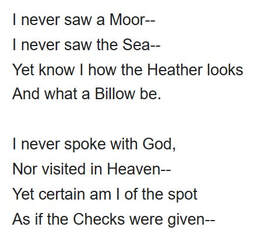
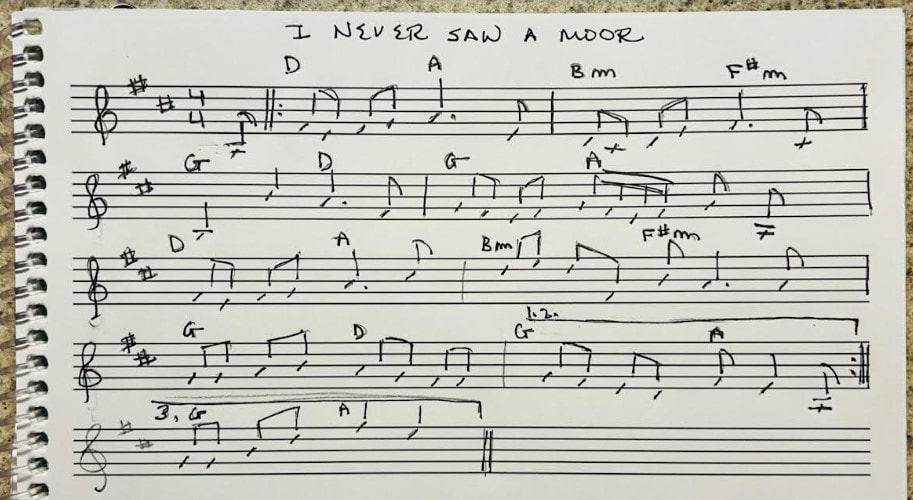
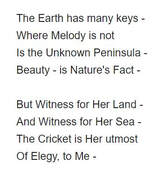
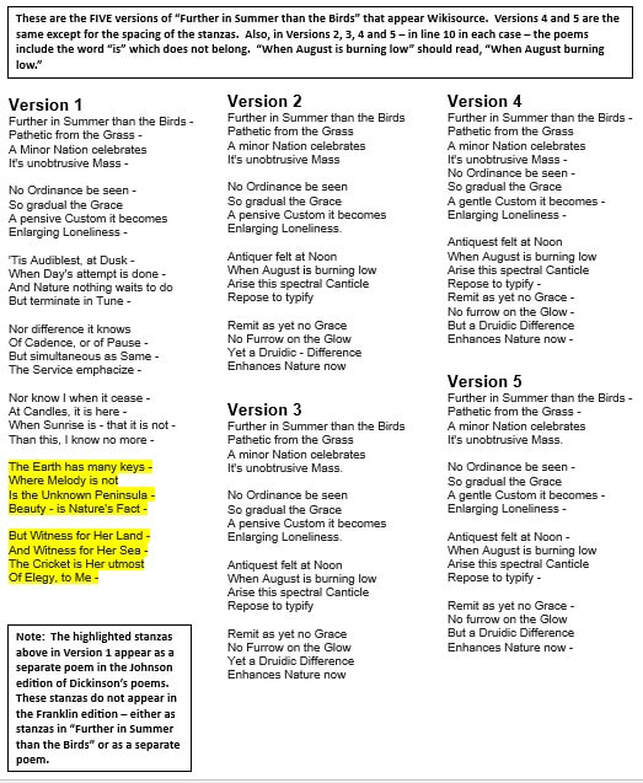
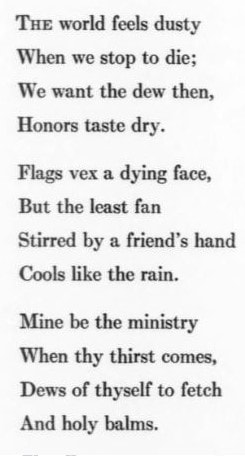
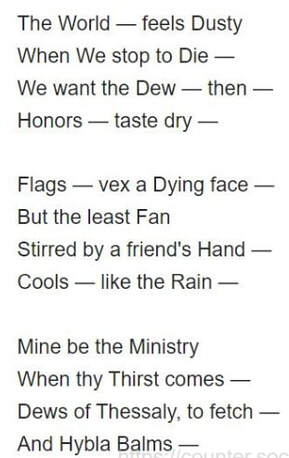
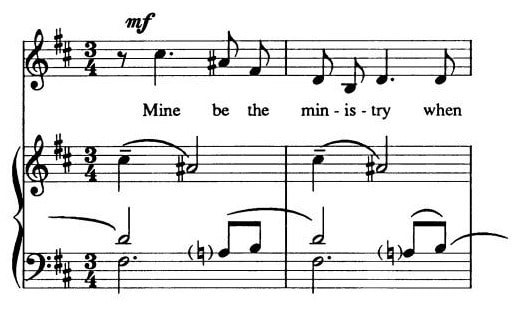
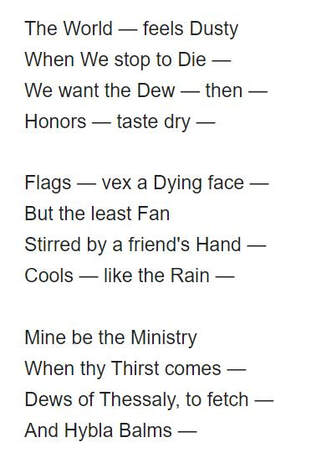
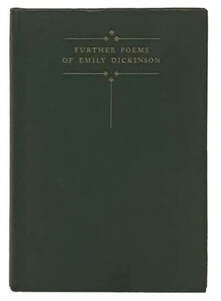
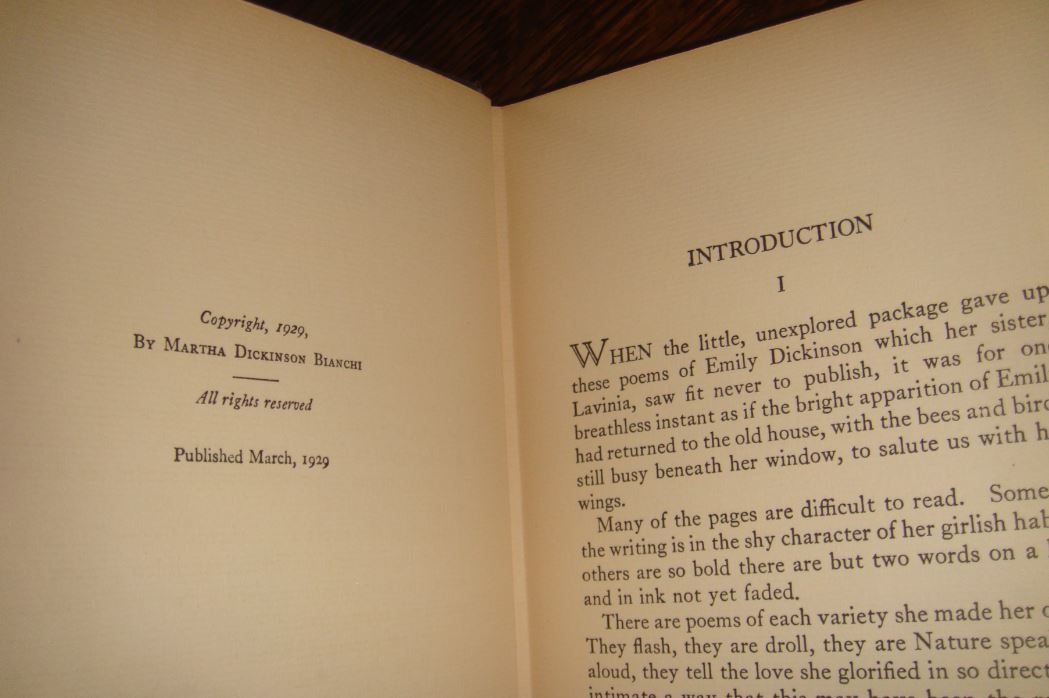
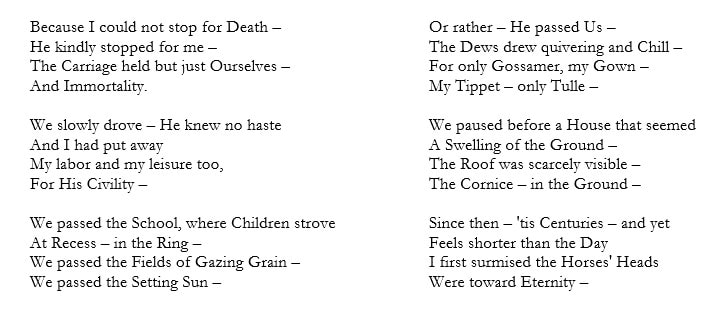
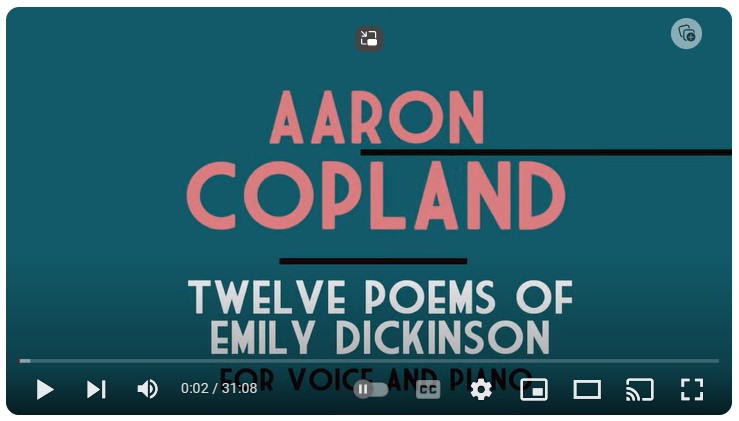
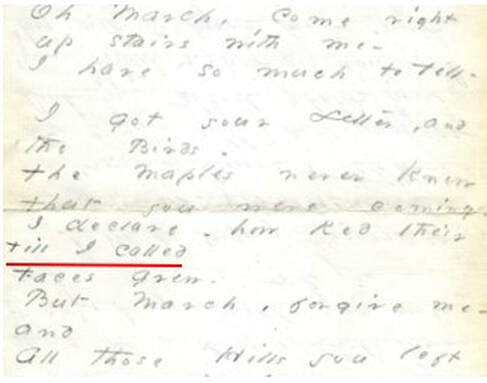
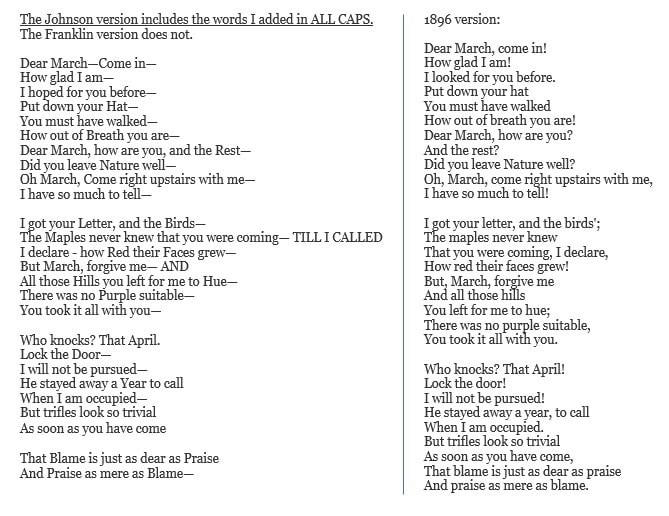
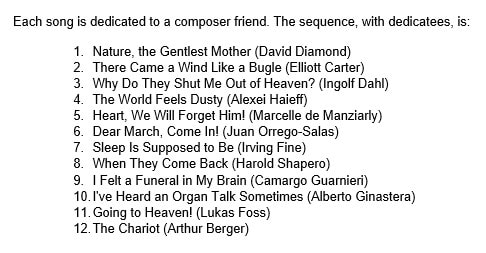
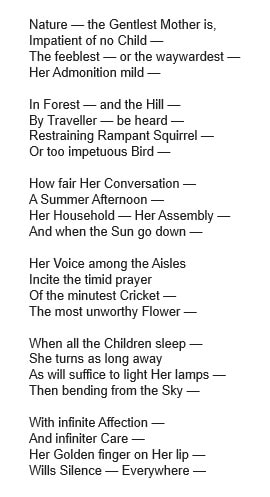
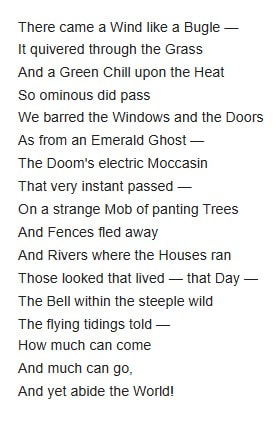
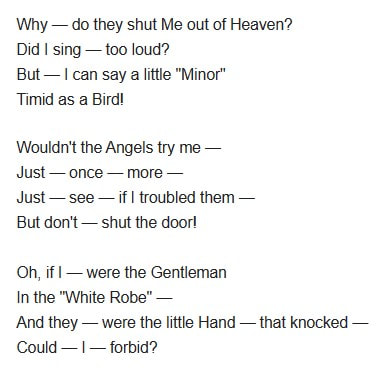
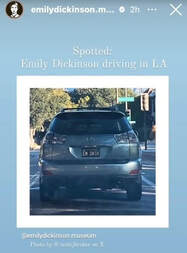
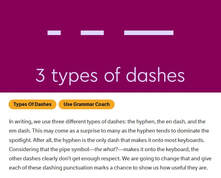
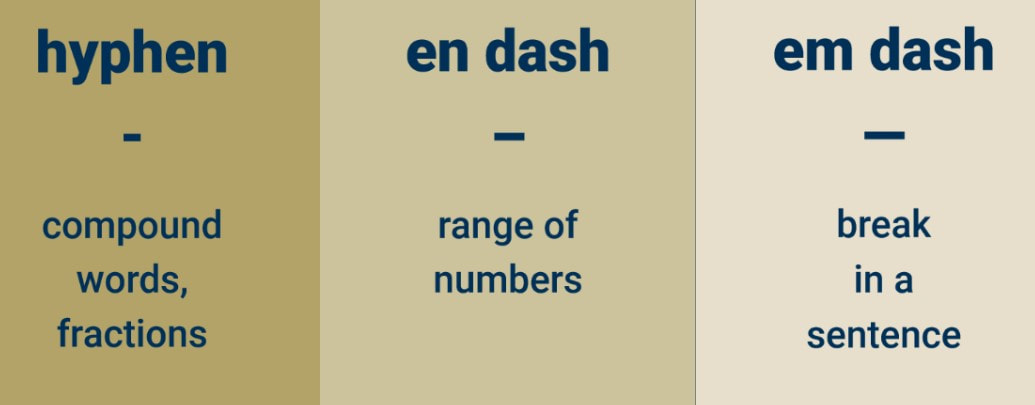
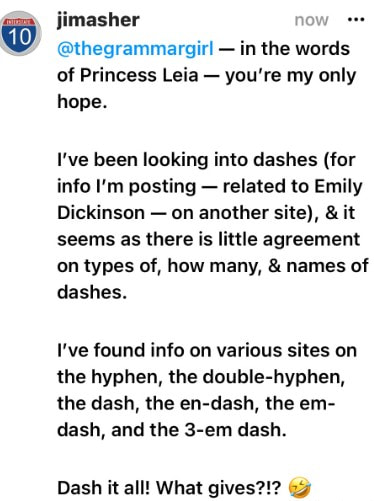
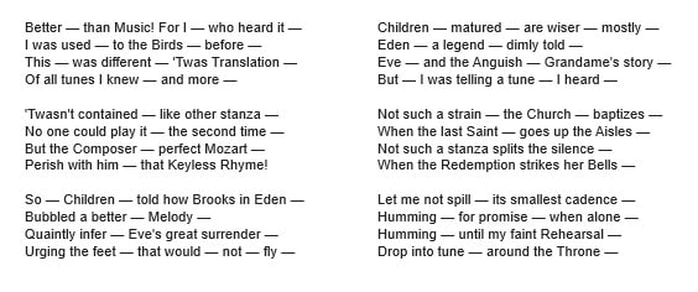
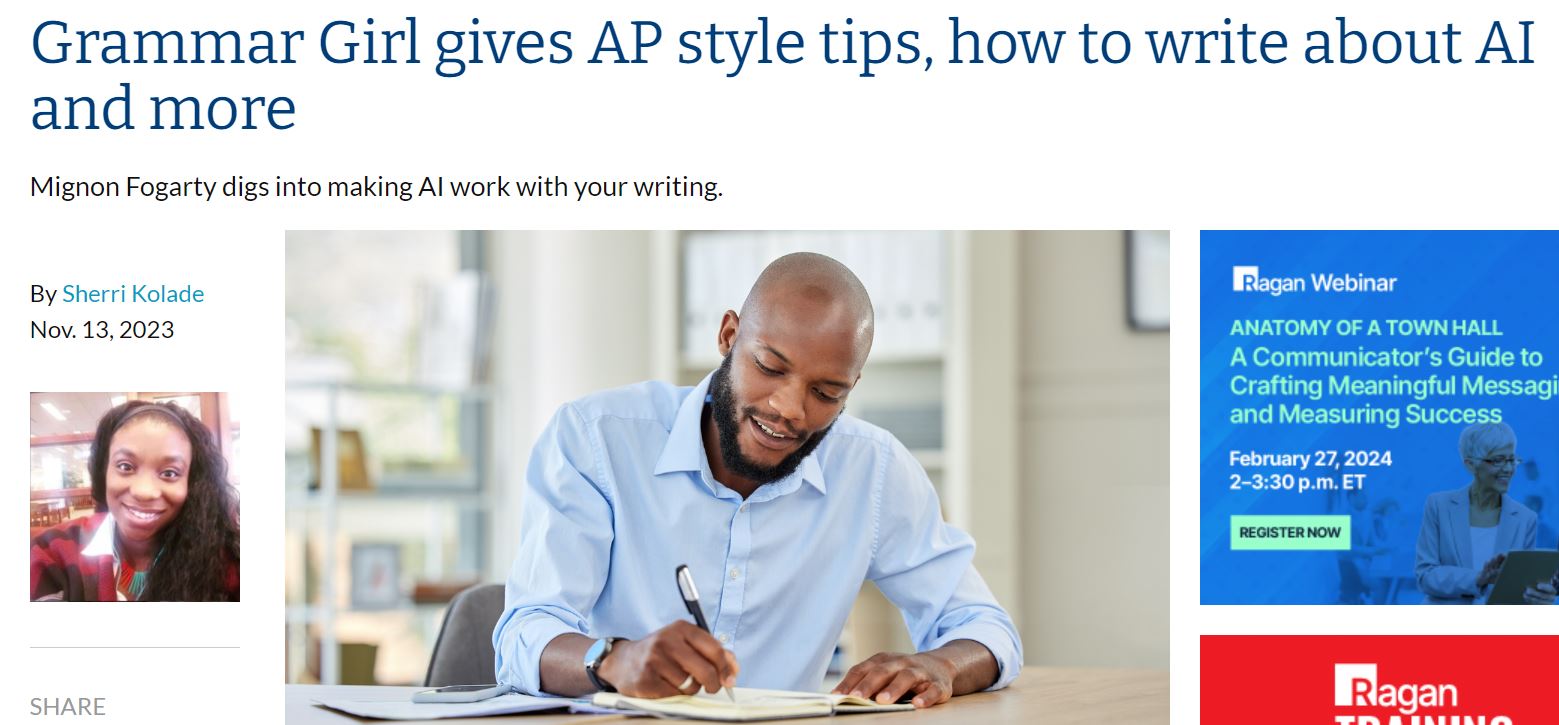
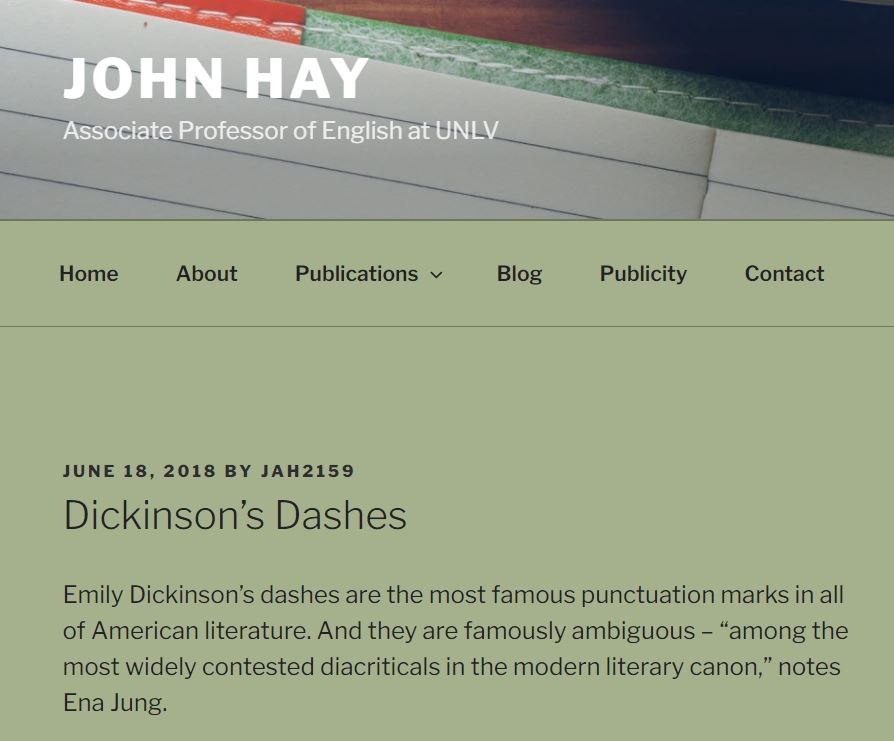
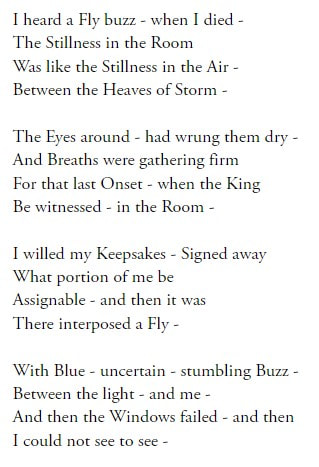
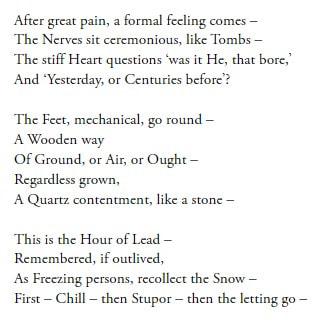
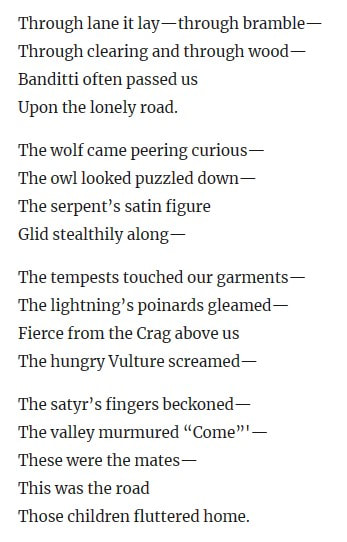
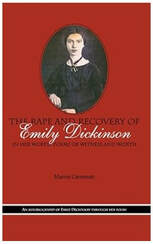
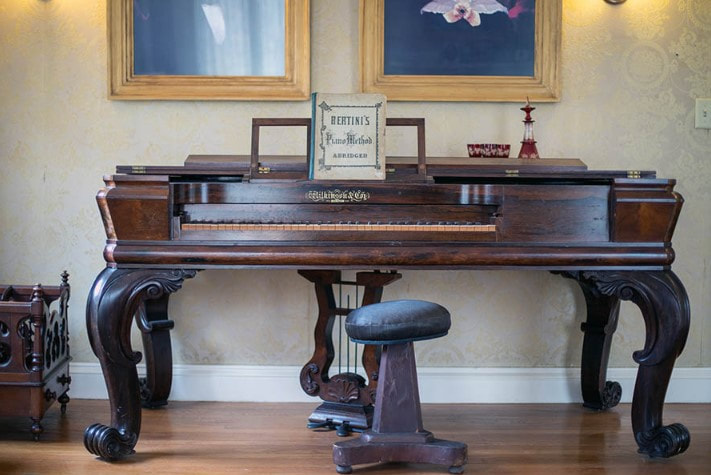
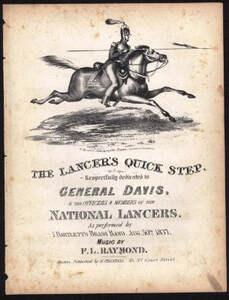
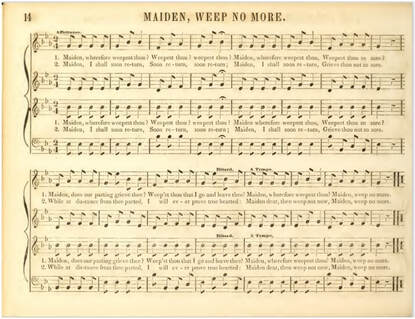
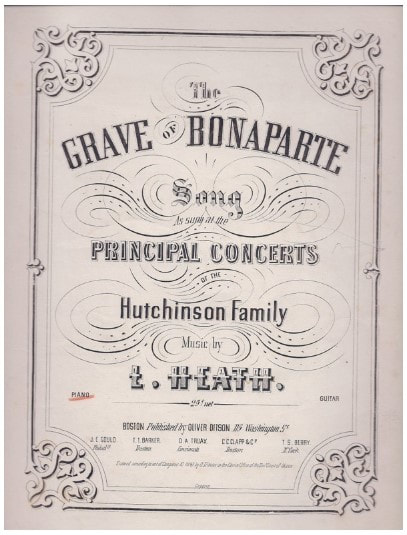
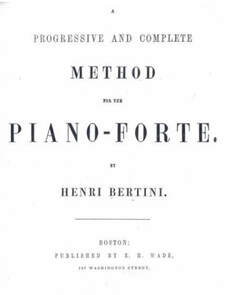
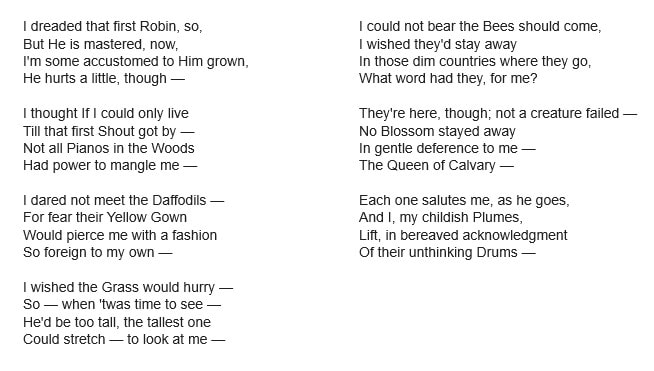
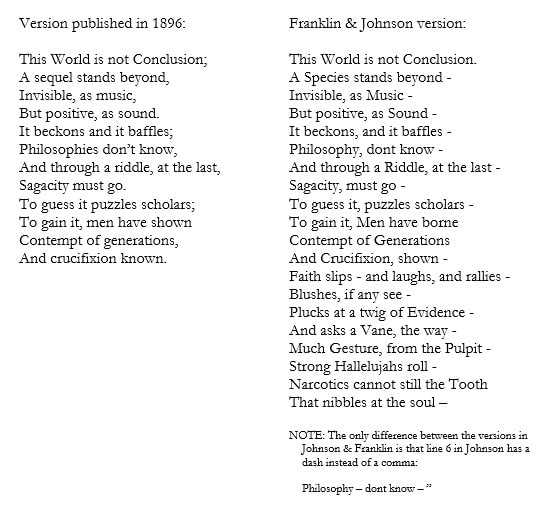
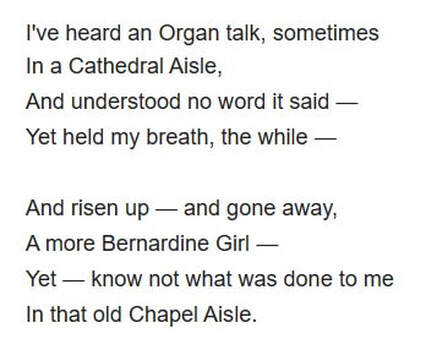
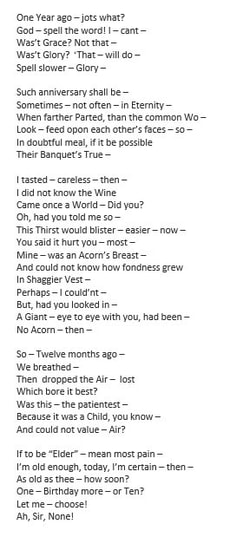
 RSS Feed
RSS Feed
